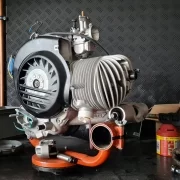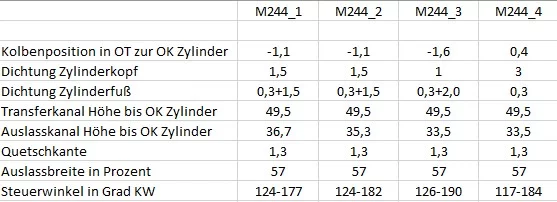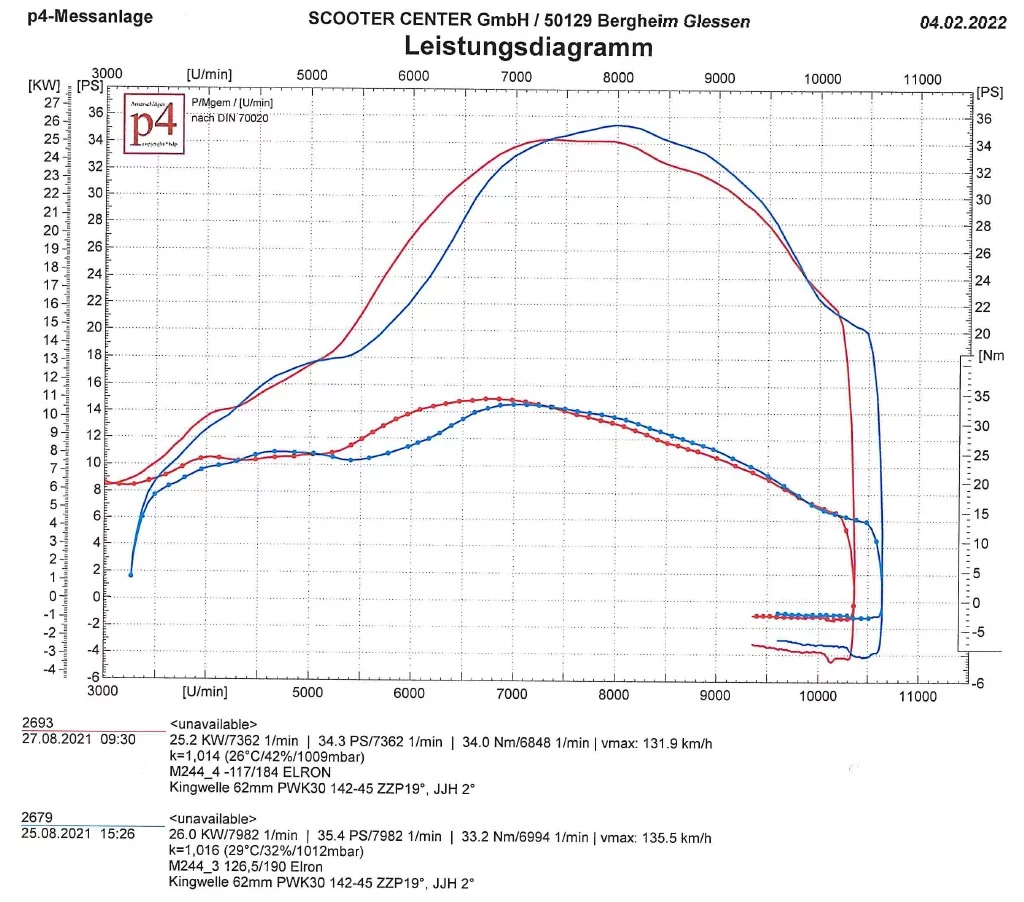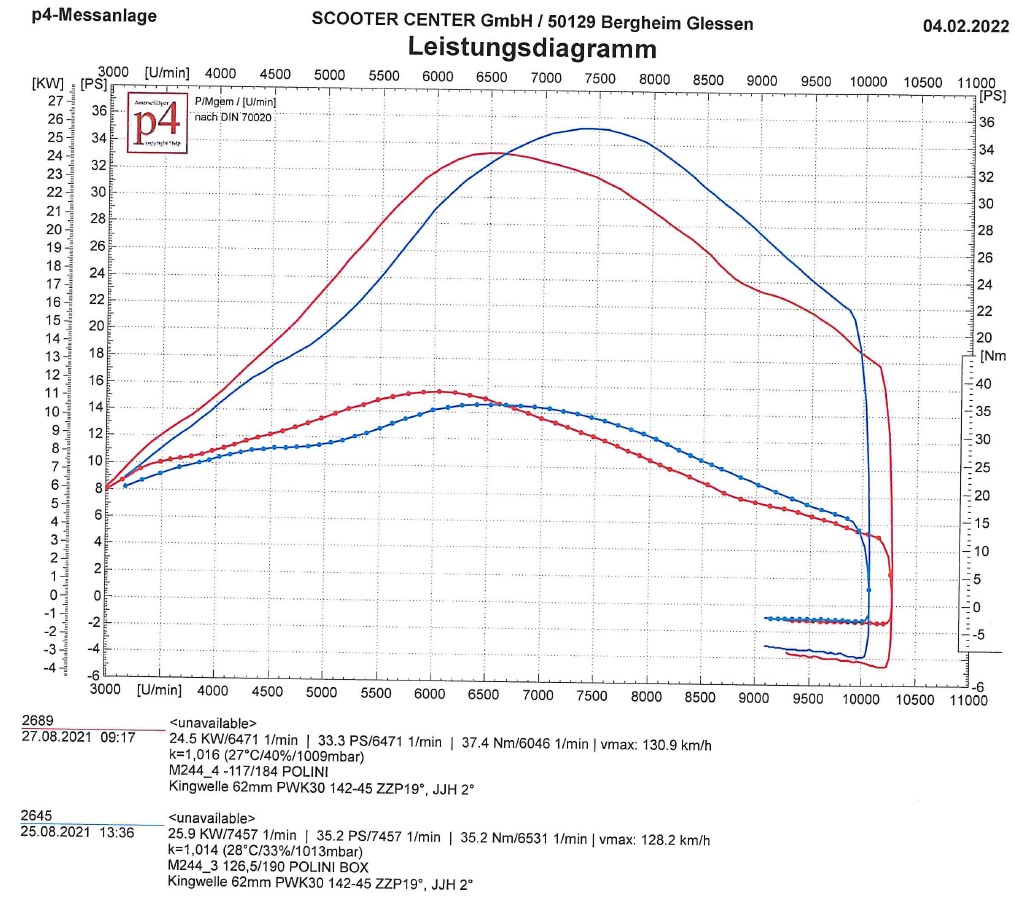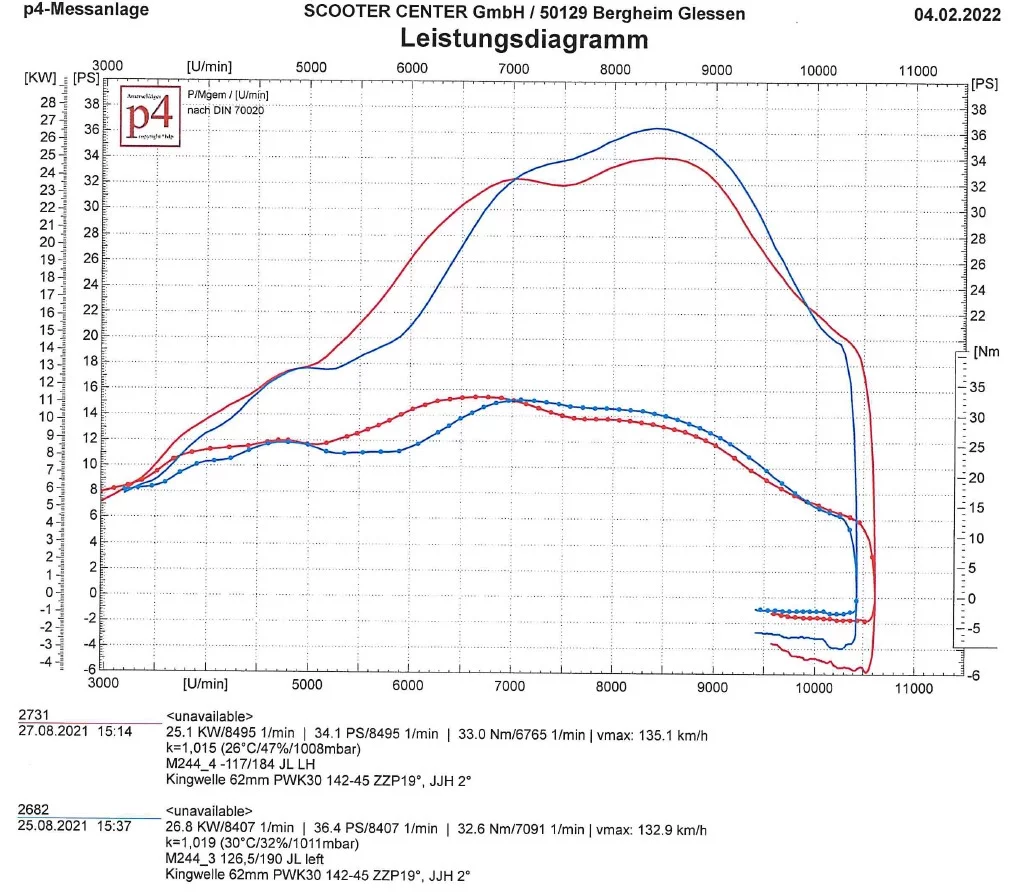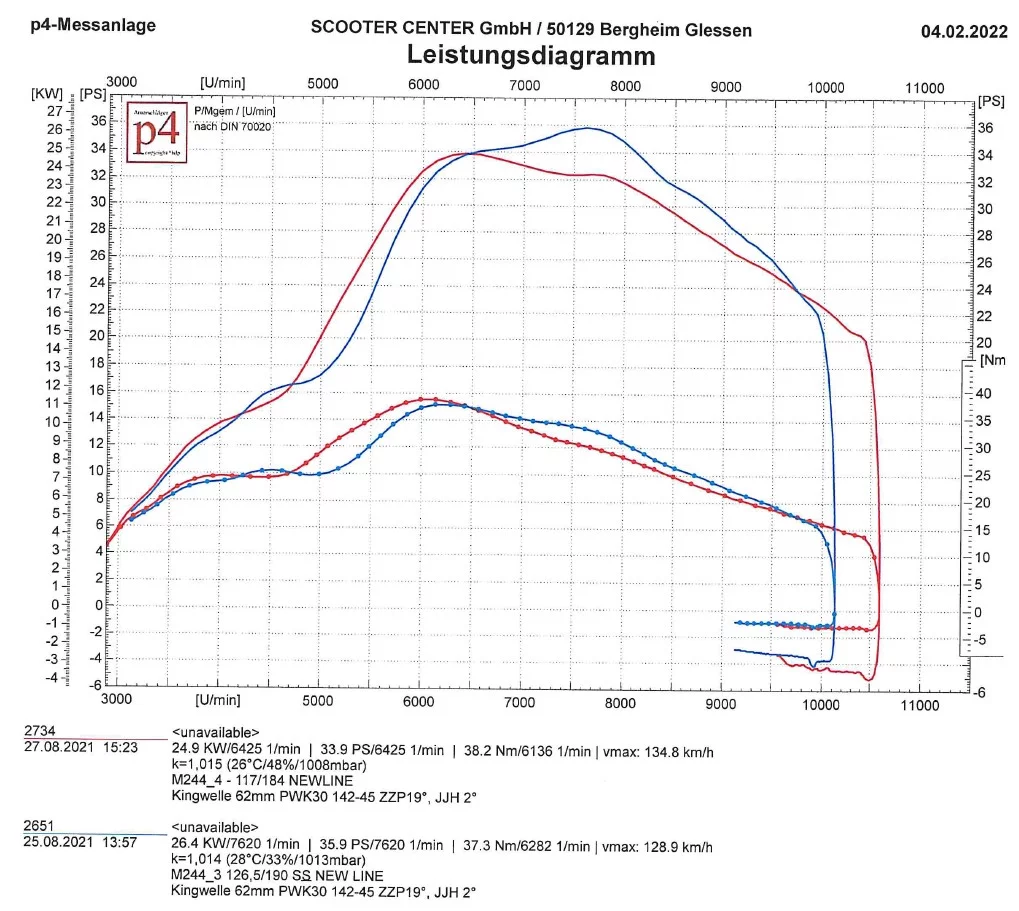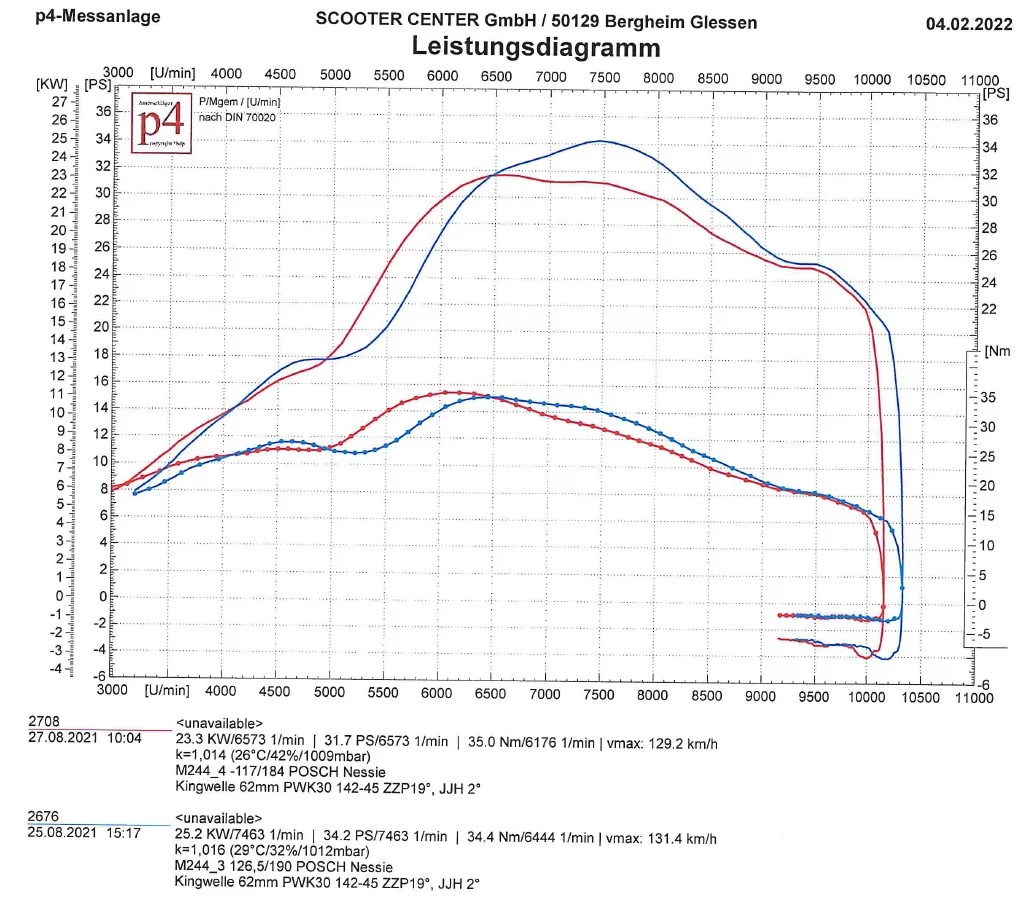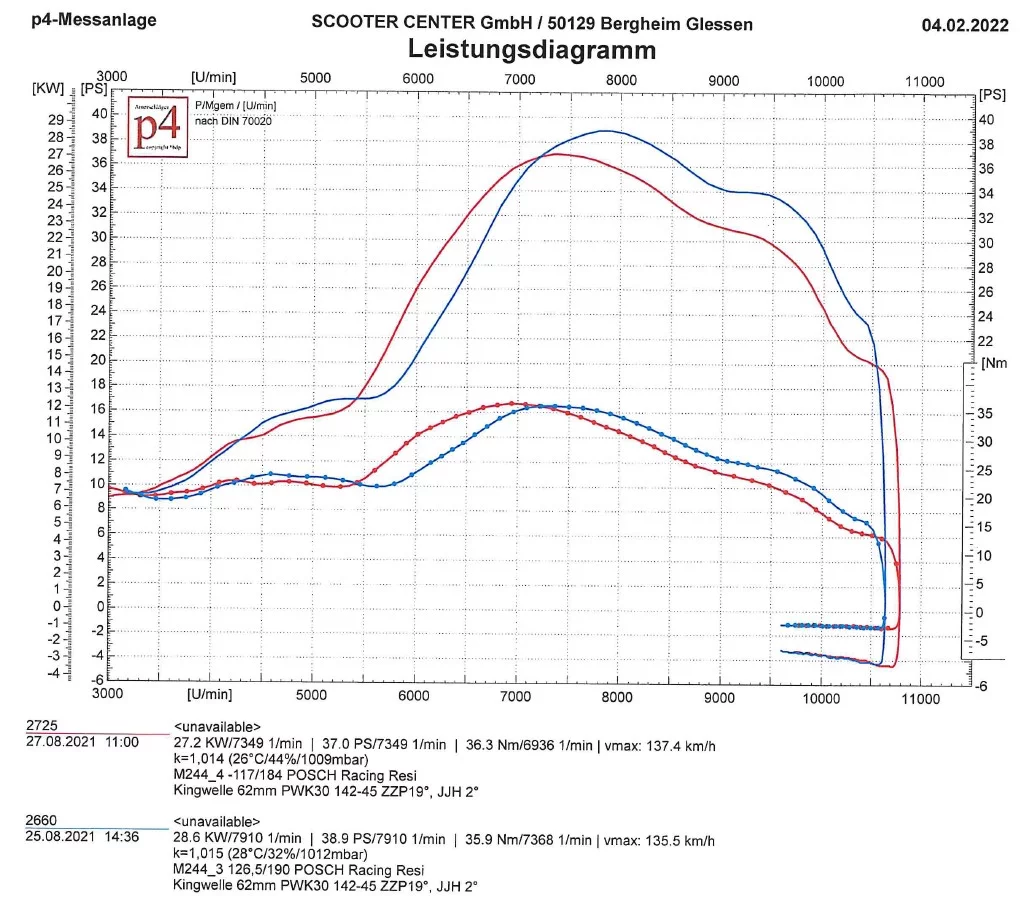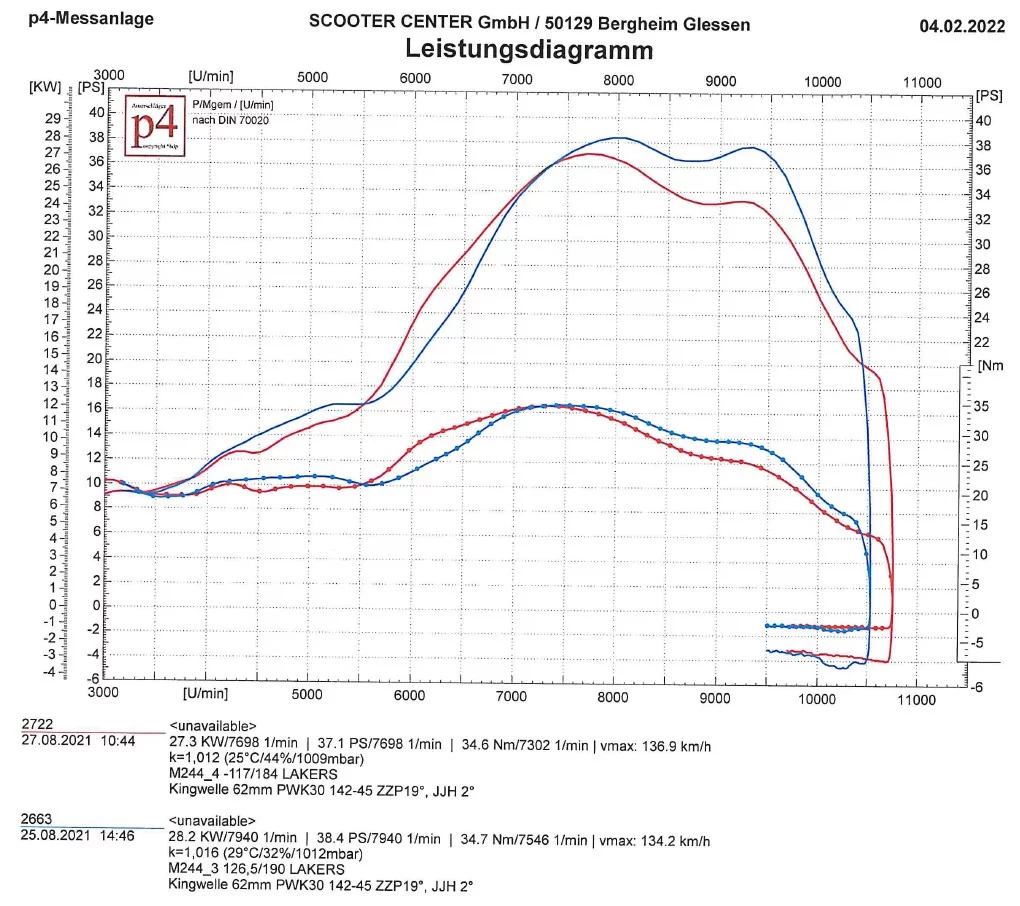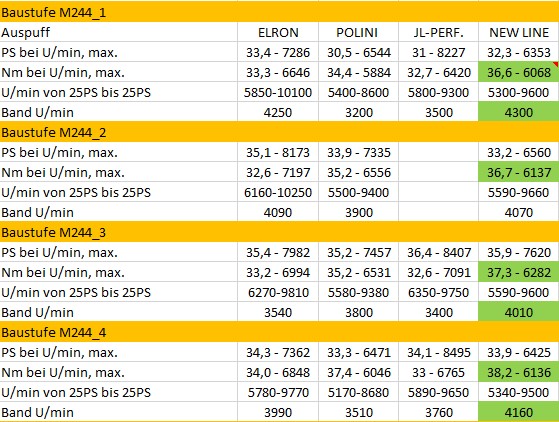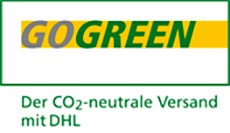Posts
Herramienta para center los muelles durante el montaje
Para nuestro embrague BGM Superstrong para Lambretta ya podemos ofreceros the herramienta adecuada BGM8011TL2 para center los muelles y colocarlos bien en sus alojamientos. 
Embrague con sistema de compression integrado
The clutch BGM Superstrong for Lambretta ya cuenta con a sistema de compresión “integrado”.
This also includes the tornillos and the large diameters.
Dos de los brazos de la caja ineterior del embrague llevan a point to indicate aquellos taladros que llevan rosca para los tornillos. 
Muy util y fácil de usar
Ahí se ponen los tornillos to adjust the precarga of the base of the embrague.
Como habréis visto, el útil está designed de tal manera, para que haya espacio para las tuercas largas.  Una vez adjusted la precarga se retira el útil.
Una vez adjusted la precarga se retira el útil.
Superstrong - los embragues de BGM PRO for Vespa and Lambretta
BGM is the propia marca del Scooter Center. La mayoría de vosotros ya lo sabrá. At the 2017 vamos a celebrar the 25th aniversario del Scooter Center. Para desarrollar nuestros productsos BGM aprovechamos de nuestras experiencias acumuladas durante todos estos anos y de nuestros conocimientos. Estamos orgullosos de BGM.
Mirando atrás pensamos sobre todo en
- los embragues Superstrong for Vespa and Lambretta
- los amortiguadores con TÜV for Vespa
- Los escapes BigBox for Vespa and Lambretta
- Kit cilindro RT for Lambreta and Vespa
Superstrong - cumple con lo que promete
El embrague BGM PRO Superstrong es una solución “llegar y montar” - Made in Germany.
Combina un extrema durabilidad, gran fiabilidad y facilidad de uso.
La carcasa de embrague CNC destaca por su rotación precisa resultando en un acomplamiento ideal y una separación de embrague con suavidad. Se presta perfectamente tanto para el conductor de scooter quien viaja a menudo y prefiere comprar productos de alta calidad, como para el motociclista de carreras quien necesita un embrague extremadamente resistant y durable.

